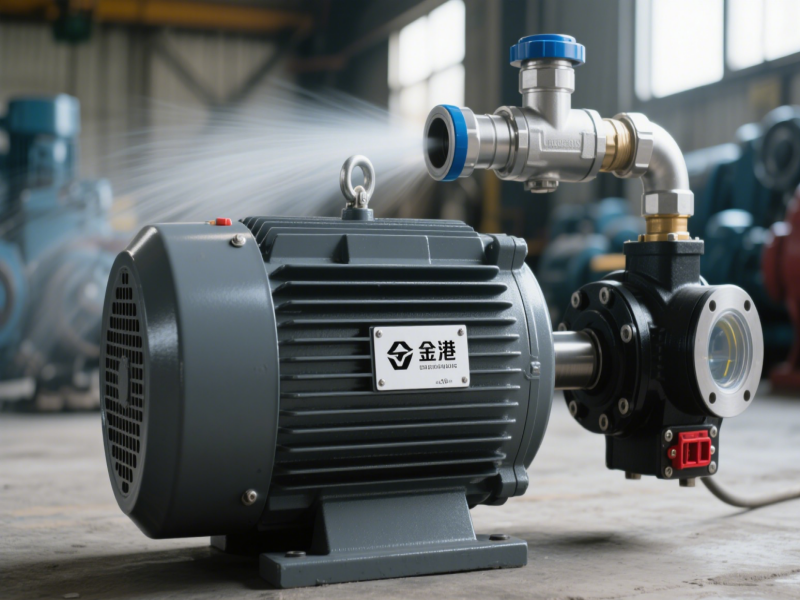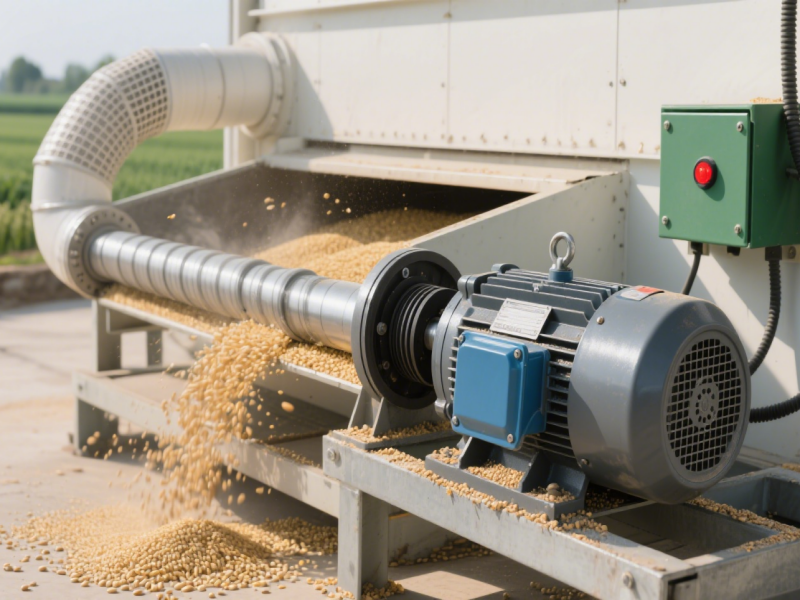Application characteristics of three-phase asynchronous high-pressure cleaning machine motor
The application characteristics of three-phase asynchronous high-pressure cleaning machine motors are closely related to their working environment, drive requirements and equipment characteristics, which are mainly reflected in the following aspects:
1.Adaptable to High-Intensity Operations
High-pressure cleaners often operate under continuous, high-intensity conditions (such as industrial pipeline rust removal, large equipment cleaning, and municipal sanitation). Three-phase asynchronous motors, with their robust structure (squirrel cage rotor for strong impact resistance and high-grade stator winding insulation) and stable output torque, can maintain rated power for extended periods, meeting the power requirements of continuous high-pressure water flow and are less susceptible to failure due to overload or prolonged operation.
2.Adapts to a Wide Range of Pressure and Flow Requirements
Different cleaning scenarios have significantly different pressure and flow requirements. The power of three-phase asynchronous motors can be flexibly adjusted. By matching them with pump heads of varying specifications, they can precisely meet various cleaning needs:
Low-power motors (e.g., 7.5kW) are suitable for small and medium-sized cleaning machines for applications such as vehicle cleaning and wall washing.
High-power motors (e.g., 100kW and above) drive large-scale high-pressure equipment for high-pressure operations such as ship rust removal and concrete roughening.
3.Withstands Harsh Operating Environments
High-pressure cleaning operations often involve complex environments, potentially accompanied by moisture, dust, corrosive mist (such as when cleaning chemical equipment), and vibration (such as when using mobile cleaning vehicles). The enclosed structure of three-phase asynchronous motors (e.g., IP54/IP55 protection ratings) effectively blocks moisture and dust intrusion. The laminated silicon steel core and insulated windings offer excellent resistance to moisture and corrosion, enabling stable operation in humid and dusty environments.
4.Strong synergy with pump heads
High-pressure cleaner pump heads (such as plunger pumps and impeller pumps) require extremely stable power. Momentary pressure fluctuations can damage the pump head or reduce cleaning performance. Three-phase asynchronous motors offer stable speed (synchronous speed is determined by the power frequency and number of poles; for example, a four-pole motor has a synchronous speed of 1500 rpm) and uniform torque output. This provides continuous and stable power to the pump head, reduces pressure fluctuations, and extends pump head life.
5.Easy Integration and Control
Power Supply Compatibility: The three-phase asynchronous motor typically uses a 380V industrial power supply, making it compatible with the power supply systems of factories, construction sites, and other locations, eliminating the need for additional power supply modifications.
Flexible Control: The speed can be adjusted via a frequency converter, enabling stepless adjustment of cleaning pressure and flow rate to suit different cleaning applications (e.g., switching from delicate cleaning to high-pressure flushing).
Efficient Integration: The compact size allows for direct connection to the pump head via a coupling or belt, simplifying the overall device structure and facilitating installation in various locations, such as mobile cleaning vehicles and fixed cleaning stations.
6.Low Maintenance Costs
Three-phase asynchronous motors have a simple structure (no brushes, commutators, or other vulnerable parts). Routine maintenance requires only regular checks of bearing lubrication and winding insulation. They have a low failure rate and are particularly suitable for use in locations with limited maintenance, such as outdoor and remote construction sites, minimizing equipment downtime for maintenance.
In summary, the three-phase asynchronous high-pressure cleaning machine motor has become the core power source of high-pressure cleaning equipment due to its high strength, wide adaptability, resistance to harsh environments, and easy control. It is widely used in many fields such as industry, municipal administration, sanitation, and transportation.




